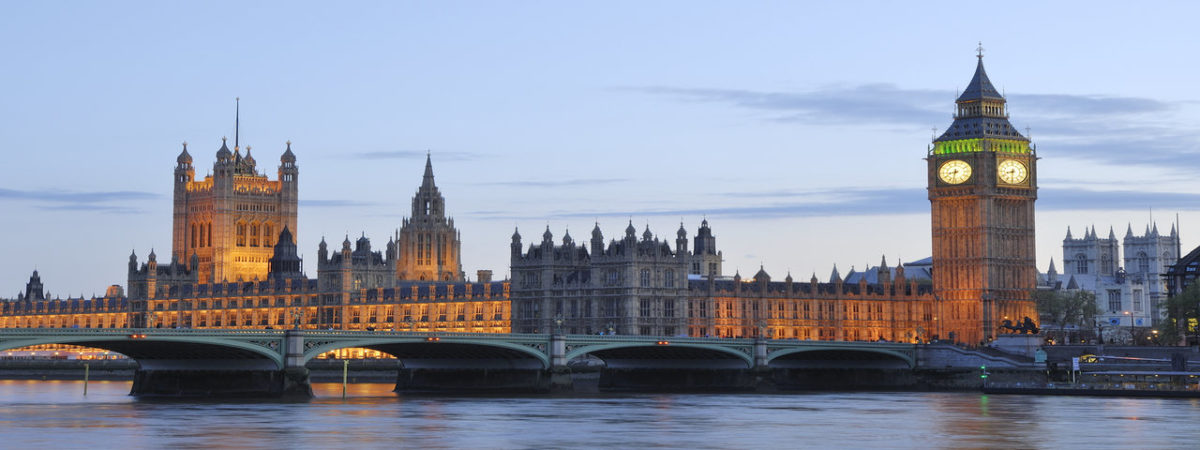Bruce Springsteen and Paul Krugman are wrong about the Nordic welfare state
SUGGESTED



The high regard for Scandinavian countries comes as no surprise. Nordic countries are uniquely successful. They enjoy high living standards, low crime rates, long life expectation, even income distributions and high degrees of social cohesion. However, a question few have bothered to ask themselves is what exactly makes Scandinavian countries unique. In fact, what is remarkable if you look at Scandinavian history is that these countries had the same outcomes long before the welfare state was born. Perhaps we should look elsewhere for explanations of their success.
Wealth-creating social democracy?
It is sometimes claimed that Sweden´s high growth rate is a result of social democratic policies. In fact, between 1870 (when Sweden began to develop what could be described as a modern market economy) and 1936 (the start of the era dominated by social democratic rule) Sweden enjoyed the highest growth rate in the industrialised world. However, between 1936 and 2008, the growth rate was only 13th out of 28 industrialised nations. Even more telling is the fact that the social democrats did not develop an extensive welfare state until the 1960s (until that point, Swedish welfare spending was at roughly UK levels). Taxes were kept low and regulation of the economy was not onerous. When the size of government really started to grow in the 1960s and 1970s, there was economic stagnation.
It is true that Scandinavian countries combine an even income distribution with high levels of prosperity. This is often viewed as a unique achievement, which should be emulated abroad. But how exactly did high living standards evolve? Already in 1943 the Irish historian James Beddy asked a simple question: how come Denmark had grown so much more prosperous than Ireland? The two countries were both trading with England, and natural factors such as average temperature, hours of sunshine, rainfall and abundance of natural resources all favoured Ireland. Yet is was Denmark that, at the time had a national income per head that was almost 50 per cent higher than that in Ireland. Beddy found the answer to be a more free market approach in Denmark.
Denmark’s closest neighbour to the north was more of a late-bloomer. However, few other nations have demonstrated as clearly as Sweden the phenomenal economic growth that comes from adopting free-market policies. Sweden was a poor nation before the 1870s, resulting in mass emigration to the US. However, as a capitalist system evolved out of the agrarian society, the country grew richer. Property rights, free markets, and the rule of law combined with large numbers of well-educated engineers and entrepreneurs. These factors created an environment in which Sweden enjoyed an unprecedented period of sustained and rapid economic development. So, it is very clear that high growth and high incomes pre-dated the development of the welfare state in Nordic countries. Perhaps this is not surprising, though it should be noted that growth then stalled in the 1970s and 1980s. After all, the Nordic countries had scope for catch-up growth. It would be more surprising, perhaps, if the social outcomes for which Scandinavia is famed predated the development of the welfare state. In fact, that is exactly what we find.
Life-span and welfare
A common belief is that the high living span of Nordic countries is a direct result of large welfare states. In fact, Norway, Sweden and Denmark were topping the global ranking of long life-spans already in 1960, before the shift towards high taxes and large public sectors. Indeed, by 2005, after a long period of provision of extensive state welfare, Nordic countries had slipped somewhat in international rankings. There is simply no evidence that the welfare state caused good health and longevity in Scandinavia.
It is interesting to look within the Nordic countries too. Iceland – the Nordic cousin which maintained only a moderate-sized welfare state – managed to surpass the other Nordic countries in life-span during this period.
Culture and welfare
Culture has played a key role in Scandinavian success. This is much more important than the welfare state. Economists have not, in general, paid enough attention to studying the impact of culture on economic outcomes but it can be critically important.
Traditionally in Scandinavian societies, it was difficult to survive without working exceptionally hard in a hostile environment. The population, out of necessity, adapted a culture with a great emphasis on individual responsibility and hard work. When other parts of Europe had feudal systems, where much of the population were serfs who lacked property rights in their land, most of Scandinavia had a system with many individual farm owners. Hard work has historically not only been a necessity in the cold north, but also been clearly rewarding due to the presence of wide-spread private ownership.
The homogenous Scandinavian countries, influenced positively in many cases by strong religious norms, also had high levels of mutual trust. Even today, the descendants of Scandinavian immigrants in the US have the highest levels of mutual trust in that country. The forefathers of these immigrants ventured to the New World well before the creation of modern welfare states – which provides additional evidence that the Nordic success culture predates the welfare state.
This strong work ethic and high levels of mutual trust were very helpful as the welfare state was created because high taxes and welfare benefits did not discourage work as much as might have been expected.
An equal income distribution before the welfare state
But what about income distributions within Scandinavian countries? It is, of course, quite plausible that the welfare state reduced growth and that there were high levels of trust before the welfare state but, surely, the one thing we know about big welfare states is that they promote equality.
As it happens, this is not really true. This widespread belief is a consequence of people who hold this view focusing so much on Scandinavia and assuming that their extensive welfare systems have been the cause of their high levels of equality. But, the situation is more complex. A study by researchers Jesper Roine and Daniel Waldenström shows that already by 1920 – when the country had low taxes and a small government – Sweden had the lowest rates of inequality amongst industrialised countries. The authors conclude that most of the continued decrease in inequality took “place before the expansion of the welfare state”. A recent paper by Anthony Barnes Atkinson and Jakob Egholt Søgaard illustrates that the evolution towards greater equality of incomes in Denmark followed a similar route.
Of course, a large welfare state promotes greater equality through income distribution. It is equally true that welfare state programs can reduce some social ills. But the Swedish welfare state does not redistribute more than the British welfare state. The reason incomes are more evenly distributed in Sweden is because incomes before taxes and transfers are more equal – and they have been ever since the development of Sweden as a modern economy.
Forcing Paul Krugman to take a walk
In a sense, Paul Krugman is right: a forced walking tour of Stockholm disproves the idea of the collapsing welfare states of Europe. Such a walking tour also provides evidence that ambitious market reforms of welfare systems can prevent their stagnation – as has happened in Scandinavia. More importantly, it will show that Scandinavia is entirely unexceptional when it comes to economic policies. High taxes and overly-generous welfare systems have stifled growth and created dependency, as they have also elsewhere. Small government and low levels of regulation before the 1960s stimulated entrepreneurship and wide-spread wealth creation, again in line with international experience. Deeper social factors such as culture and non‑governmental social institutions have made Scandinavian societies unique.
Indeed, the fact that these cultural factors are so important is illustrated, once again, by the story of Nordics in the US. It is true that poverty rates in Scandinavian countries are lower than in the US. However, the poverty rates for descendants of Scandinavian immigrants living in the US are at half the levels of the US average. Indeed, the descendants of Scandinavian immigrants are a uniquely affluent group. They have lower poverty rates than their Scandinavian cousins. If Finnish Americans had their own country for example, their GDP per capita would be 47 per cent higher than the GDP per capita of Finland. Scandinavian culture evidently works well in combination with US-style capitalism. This is perhaps something for Bruce Springsteen to ponder.
Dr Nima Sanandaji is a research fellow at the Centre for Policy Studies. He is the author of Scandinavian Unexceptionalism: Culture, Markets and the Failure of Third-Way Socialism.
This is an abridged version of an article which first appeared in EA Magazine.
5 thoughts on “Bruce Springsteen and Paul Krugman are wrong about the Nordic welfare state”
Comments are closed.




no we’re not
Another smug, entitled idiot who thinks the poor don’t work “exceptionally hard.”
What constitutes a “valid email” ?
Kept reading waiting for the author to explicate how Krugman is wrong. It never appeared.
Very odd bit of analysis with the crux argument missing.
I’d prefer to accept a little dependency than accept people living and pooping on the streets of our cities. I have not walked around Stockholm, but seems safe to say there aren’t people so desperate (or mentally ill) that they live and poop on the streets, like seen so often in SF and NYC.